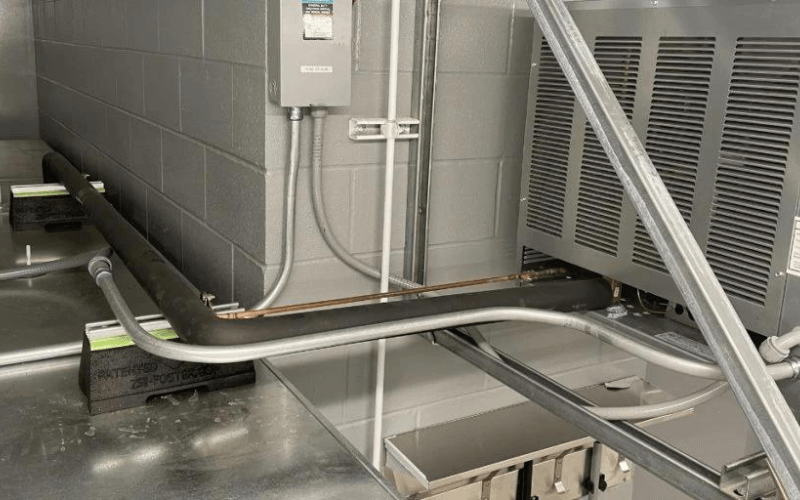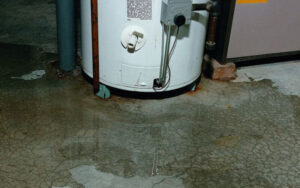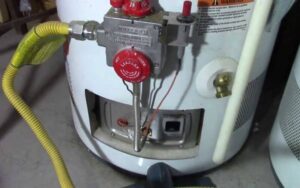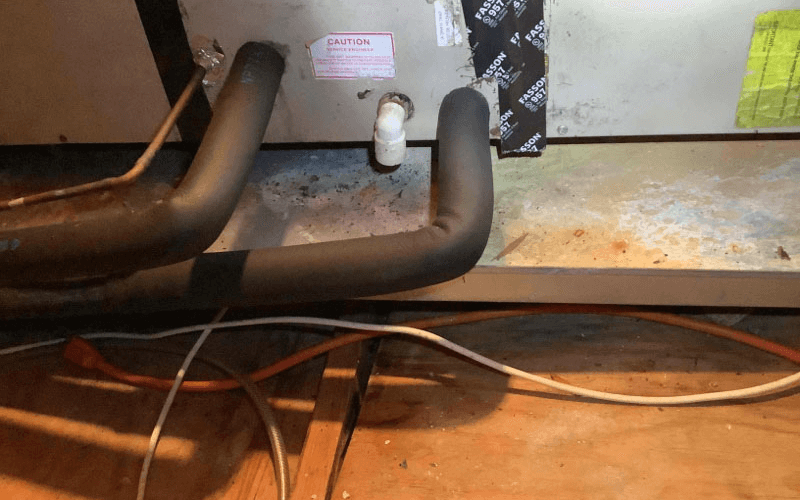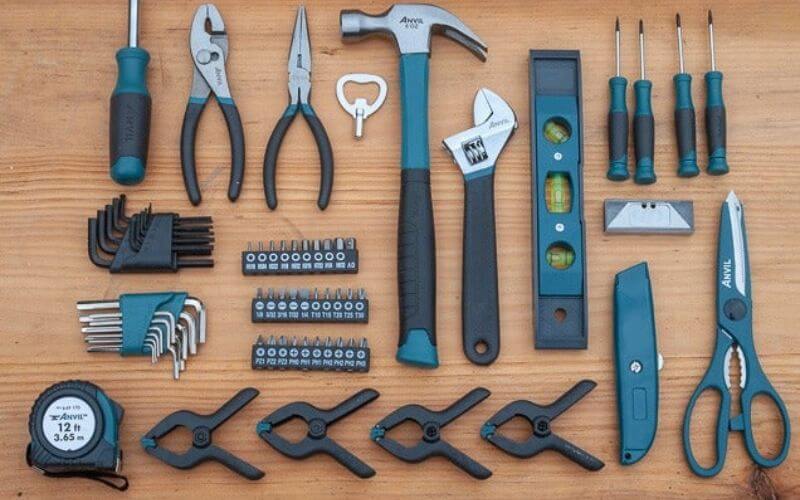Drain pans are critical components in HVAC systems that collect and channel condensation away from the unit. However, like any part of an HVAC system, drain pans can experience issues that, if left unchecked, can lead to significant problems. This article will cover common drain pan issues and provide practical solutions to fix them.
Common Issues with HVAC Drain Pans
- Clogs and Blockages
Problem: One of the most common issues with drain pans is clogs in the drain lines. Dust, dirt, mold, and algae can accumulate over time, leading to blockages that prevent proper drainage.
Solution: Regular maintenance is crucial. Clean the drain lines periodically using a mixture of bleach and water or a commercial HVAC cleaner. You can also use a wet/dry vacuum to remove debris.
- Leaks and Overflow
Problem: Leaks can occur due to rust, corrosion, or cracks in the drain pan. Overflow happens when the primary pan cannot handle the volume of condensation, often due to clogs or system malfunctions.
Solution: Inspect the drain pan regularly for signs of rust or cracks. If you find any damage, replace the drain pan immediately. Installing a secondary drain pan and a float switch can help prevent overflow by shutting off the system when excess water is detected.
- Rust and Corrosion
Problem: Metal drain pans are susceptible to rust and corrosion, especially in areas with high humidity. Over time, this can weaken the pan and lead to leaks.
Solution: Consider using plastic drain pans, which are less prone to corrosion. Regularly cleaning and applying a rust-resistant coating can prolong their lifespan for metal pans. Ensure the HVAC system is balanced to prevent excessive moisture buildup.
- Improper Installation
Problem: Incorrect drain pan installation can lead to misalignment, causing water to bypass the pan and leak into the HVAC unit or the surrounding area.
Solution: Ensure the drain pan is installed correctly, with the proper slope towards the drain outlet. If you need more clarification about the installation process, it’s best to consult with a professional HVAC technician.
- Float Switch Failures
Problem: Float switches are designed to detect high water levels in the drain pan and shut off the HVAC system to prevent overflow. If the switch fails, it can lead to significant water damage.
Solution: Test the float switch regularly to ensure it’s functioning correctly. Replace faulty switches immediately to avoid potential issues.
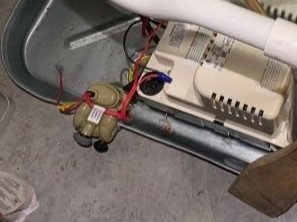
Preventative Measures and Maintenance Tips
- Regular Inspections: Schedule routine inspections of your HVAC system, including the drain pan and drain lines. Look for signs of wear and tear, clogs, and potential leaks.
- Professional Maintenance: While DIY maintenance can address minor issues, having an experienced HVAC technician perform regular maintenance checks can help identify and fix problems before they escalate.
- Using Quality Materials: Opt for high-quality, corrosion-resistant materials for your drain pan. This investment can save you from frequent replacements and potential water damage.
- Proper Slope and Installation: Ensure the drain pan is installed correctly with the correct slope. This ensures efficient drainage and prevents water from pooling in the pan.

